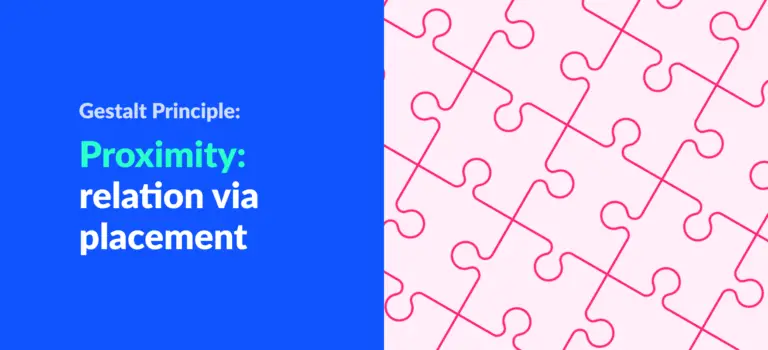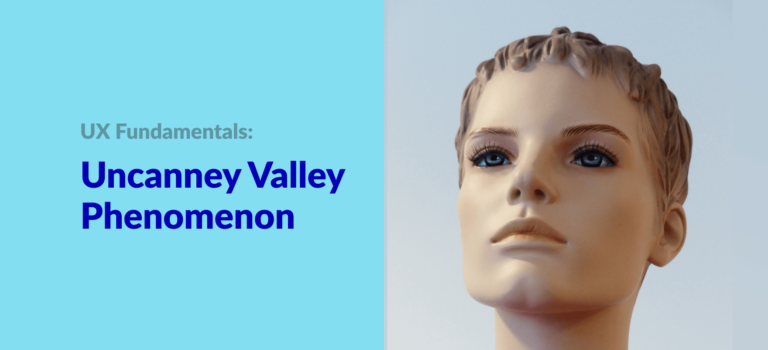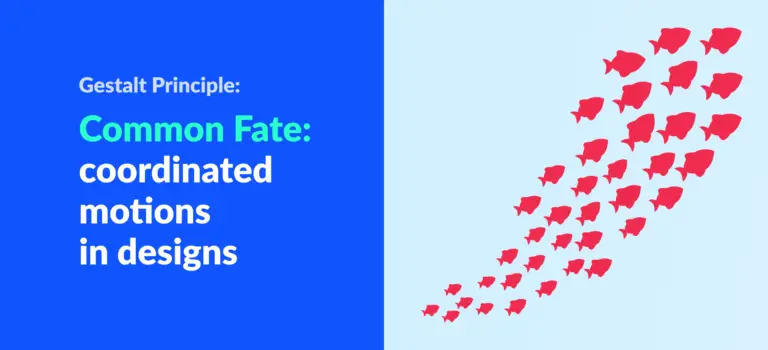Gestalt Principle: Proximity (Associating relatedness through placement)
“Birds of a feather flock together.” This is a popular proverb in English. We all know what this means: people with similar attitudes and interests often stick together. People with nothing in common rarely enjoy each other’s company, and thus stay as far away from each other as is humanly possible. This is not only…








